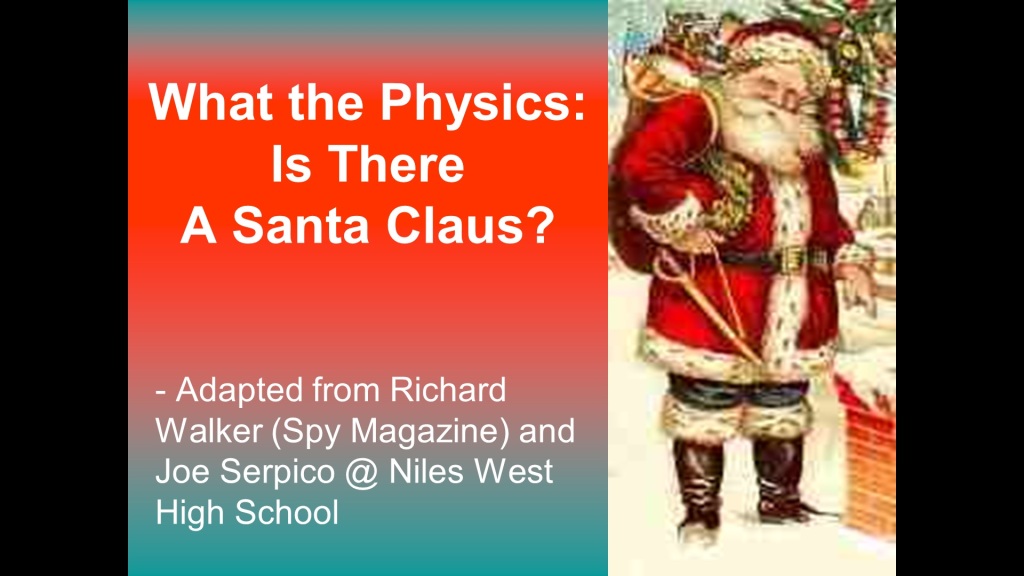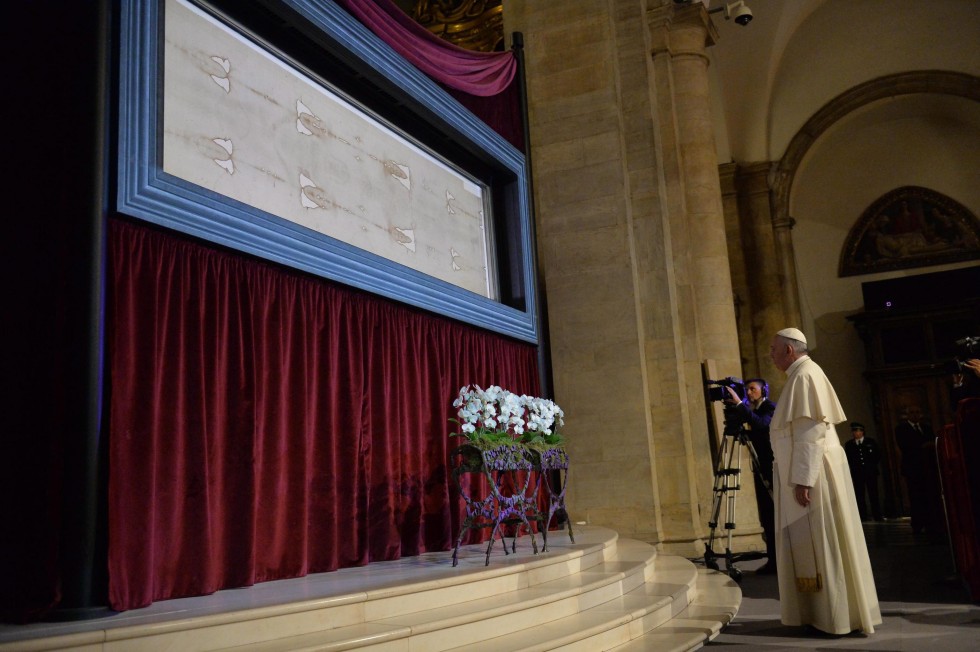Easter is upon us, and while I do not celebrate the holiday (seeing as how I’m not Christian) I think it is worth noting it due to its out-sized presence in U.S. society and around the world. Specifically, in the spirit of educating about the various mythologies and misconceptions surrounding Easter, I would like to share with you the Ultimate Easter Quiz from my friend Phil Ferguson’s Skeptic Money blog (at the appropriate time, feel free to also check out his post about the related Ultimate Christmas Quiz).
For the full details, as well as the answers to the questions, you’ll have to click here. But before you do, try your hand at the questions below, then check your answers and see how well you did. Then share the Quiz with others to test their knowledge! 🙂
[Addendum: for those interested, you might like my related, earlier post that asks What is the Physical Evidence for the Existence of Jesus?]
The Ultimate Easter Quiz
By David Fitzgerald
1. When did Jesus get crucified?
a. At the 3rd Hour (9am), on Friday, the morning of Passover.
b. Shortly after the 6th Hour (noon), on Friday, the day before Passover.
c. He didn’t really get crucified, his identical twin Thomas Didymus did.
d. He didn’t really get crucified, he only appeared to be crucified.
e. We don’t know for sure, since the gospels disagree irreconcilably.2. What supernatural events occurred at his death?
a. An earthquake hits Jerusalem (actually, two); strong enough to break stones.
b. Supernatural darkness covers all the land.
c. The sacred temple curtain spontaneously rips in half.
d. A mass resurrection of all the Jewish holy men, who crawl out of their graves and appear to many in Jerusalem.
e. All of the above, depending on which Gospel you read.3. What historical evidence do we have for those supernatural events?
a. Every major ancient writer of the time worldwide mentioned them.
b. Many important writers in Judea discuss them.
c. Several writers in Jerusalem mention them.
d. No one mentions them, but we do have archeological evidence for them.
e. There is not a single lick of evidence for any of them, written or otherwise.4. How many women went to the tomb?
a. Three: Mary Magdalene, James’ mother and Salome.
b. Two: Mary Magdalene and “the other Mary.”
c. Lots: Mary Magdalene, Joanna, James’ mother Mary and other women.
d. Just one: Mary Magdalene.
e. No way to know, since none of the Gospels agree.5. What did they find there?
a. A young man, sitting inside the tomb on the right.
b. Two men, standing inside.
c. Two angels sitting on each end of the bed.
d. An armed guard of Roman soldiers standing watch, when suddenly a great earthquake occurs, and an angel descends from heaven, his face blazing like lightning and his clothing white as snow; the Roman guards are utterly terrified and all faint dead away; the angel rolls away the stone and sits on it.
e. No way to know, since none of the Gospels agree.6. What happened after the visit to the tomb?
a. The women ran away in terror and never told anyone what they saw.
b. Jesus appears, is initially mistaken for the gardener, and then is tenderly reunited with Mary.
c. The women tell the disciples, who don’t believe them.
d. Peter runs and beats everyone to the tomb; or possibly gets beaten by one of the other disciples.
e. No way to know, since none of the Gospels agree.7. Where/when did the risen Jesus first appear to the disciples?
a. On a mountain in the Galilee (60-100 miles from Jerusalem), just as the angel told them he would.
b. We don’t know; we aren’t told anything after the women run from the tomb.
c. He appears to two followers (not disciples) on the road to Emmaus (seven miles from Jerusalem)
d. He materializes in a locked room in Jerusalem as the disciples are at dinner.
e. No way to know, since none of the Gospels agree.8. When/Where did Jesus ascend back to heaven?
a. Jesus returns to heaven on the same day he arose, right after dinner, from a room in Jerusalem.
b. We don’t know exactly, but it’s at least 8 days after the resurrection, when the despondent apostles have gone back to being fishermen on the sea of Tiberias.
c. After his resurrection, Jesus spends at least 40 days of teaching his disciples in Jerusalem before ascending to heaven from the Mt. of Olives.
d. Jesus didn’t ascend into heaven; he met his disciples in the mountains of Galilee and told them he would be with them always.
e. We don’t really know; Luke is the only gospel writer who actually mentions the ascension.9. Who wrote these gospels, anyway?
a. Matthew, Mark, Luke, John – I mean, come on, it says so right there.
b. Actually, none of the gospels even claim to be written by eyewitnesses – all were originally anonymous and written at least a generation later.
c. Well, it’s more like the end of first century for Mark and sometime in the early to mid 2nd century for the others, if you must know.
d. Hold on – Not only that, but Matthew and Luke just reworked Mark gospel, adding their own material and tweaking Mark’s text to better fit what they thought it should say.
e. Get this – if all that weren’t enough, all the Gospels have been edited and added to by later editors, and for the first 200 – 300 years, we have no way to determine how faithfully the originals were preserved.10. Where does the word “Easter” come from?
a. From the Aramaic word for Passover.
b. It originally was “Eastern Holiday” – referring to the Passover celebrated by Jews in the eastern part of the Roman empire.
c. From est ova, Latin for “Where are the eggs?”
d. From an ancient Celtic pun that means both “Bunnies” and “Chocolate.”
e. from Eastre/Eostre, the pagan Goddess of Spring.Click here to see the correct answers (scroll down the page)!












